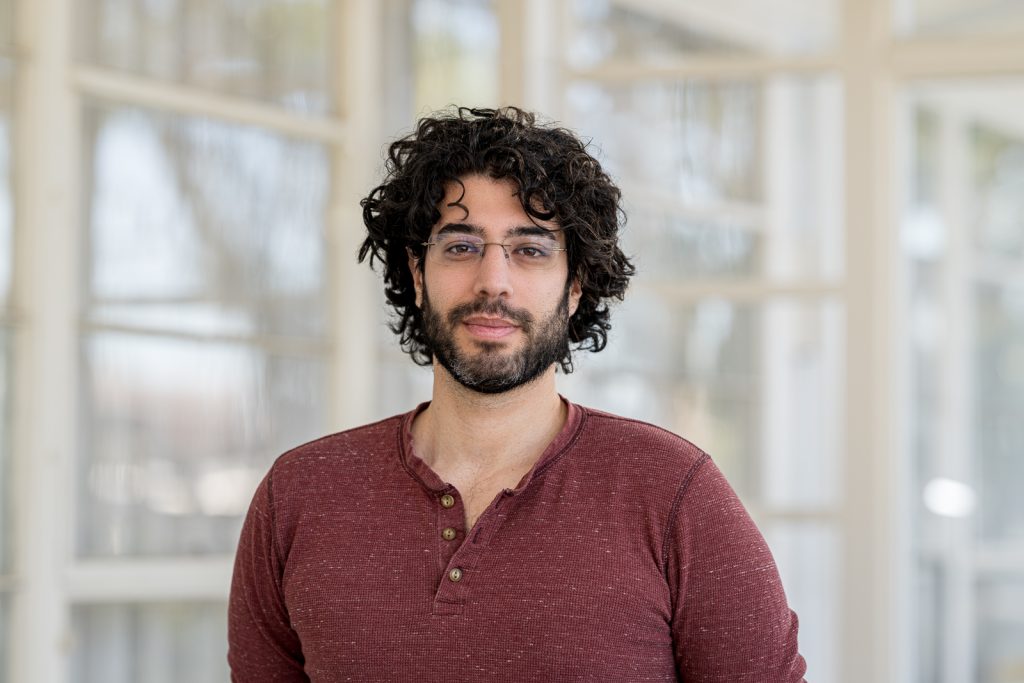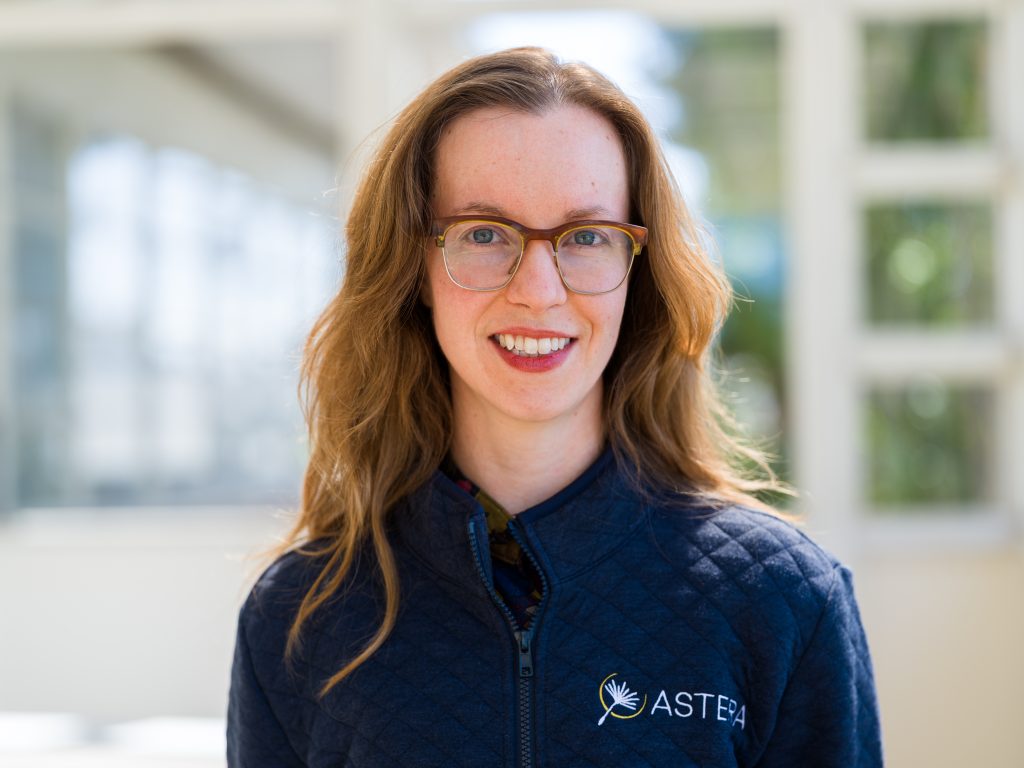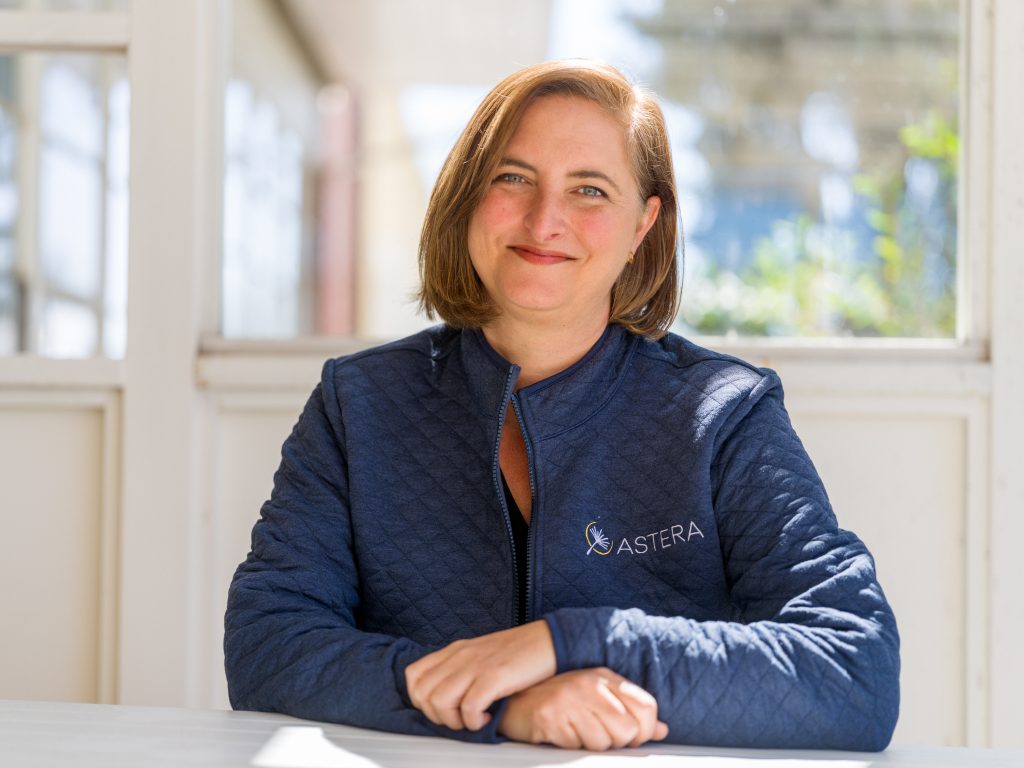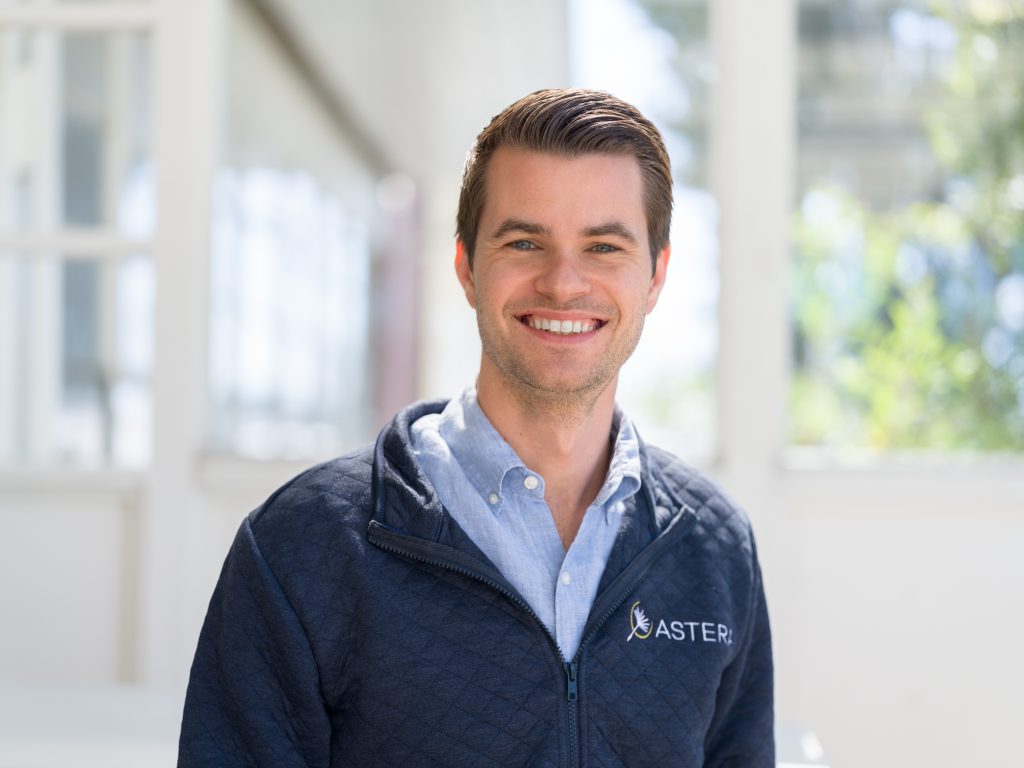We want to help address these gaps by seeding and supporting mission-driven, open projects that can catalyze further private and public sector advancements.
We target creative, high-agency scientists, engineers and entrepreneurs who are passionate about reducing the barriers to progress within and across domains.
Projects must yield open, accessible, nonproprietary products or research that are unlikely to be created otherwise.
They must have line of sight to generate a positive impact on a societal scale.
Residents should be excited to share about both their projects and their underlying process, making it easy for others to learn both positive and negative outcomes from their work.
We are approaching a technological discontinuity, and we target projects that will leverage resulting opportunities or create new ones.
We support projects before it’s clear whether they will one day become nonprofit organizations, for-profit companies, or one-off outputs in the public domain. Given our focus on public goods during the residency period, Astera will not take equity in projects that spin out although we may ask for follow-on investment rights. On the flip side, residents will be required to assign to Astera any IP generated during the course of their residency, so that Astera has the ability to ensure these are freely and publicly accessible.
We welcome up to 10 new residents to each cohort in Emeryville, California, where we are building a hub for open science, data, and technology. While we don’t strictly define project areas, we are increasingly prioritizing proposals that benefit from our in-house expertise and focus areas. We believe this enables us to better support and synergize with residents both during and after their residency periods.
What we offer to residents:
- a salary for one year, which typically falls between $125,000-$250,000, commensurate with experience
an additional negotiated budget to cover project expenses (e.g. lab, infrastructure, licenses, personnel), which typically falls between $500K-$1.5M - access to compute resources via Voltage Park, a 24,000x H100 cluster
- the chance to join a community of exceptionally talented individuals operating in an environment optimized for experimentation, collaboration, and the pursuit of ambitious projects for the benefit of humanity
Please note that Astera is experimenting outside of traditional publication frameworks. Residents are expected to share their key learnings (including null and negative results) and products in open, usable forms. Additional guidance is provided through Astera’s open science policy.
The next round of applications to our next cohort will be available on our page in a few months. You can also subscribe to our newsletter to stay up to date.
Learn more about our current residents below.
Our Residents are hungry, dedicated, and opinionated entrepreneurs. They have a theory of change they’re testing, and they’re doing it with urgency.








